Table of Contents
The Day
That Shook
America
The Day
That Shook
America
A Concise
History of 9/11
J. Samuel Walker
 University Press of Kansas
University Press of Kansas
2021 by J. Samuel Walker
All rights reserved
Published by the University Press of Kansas (Lawrence, Kansas 66045), which was organized by the Kansas Board of Regents and is operated and funded by Emporia State University, Fort Hays State University, Kansas State University, Pittsburg State University, the University of Kansas, and Wichita State University.
Library of Congress Cataloging-in-Publication Data
Names: Walker, J. Samuel, author.
Title: The day that shook America : a concise history of 9/11 / J. Samuel Walker.
Description: Lawrence, Kansas : University Press of Kansas, 2021. | Includes bibliographical references and index.
Identifiers: LCCN 2021003518
ISBN 9780700632619 (cloth ; alk. paper)
ISBN 9780700632626 (ebook)
Subjects: LCSH: September 11 Terrorist Attacks, 2001. | TerrorismUnited StatesHistory21st century.
Classification: LCC HV6432.7 .W344 2021 | DDC 973.931dc23
LC record available at https://lccn.loc.gov/2021003518.
British Library Cataloguing-in-Publication Data is available.
Printed in the United States of America
10 9 8 7 6 5 4 3 2 1
The paper used in the print publication is acid free and meets the minimum requirements of the American National Standard for Permanence of Paper for Printed Library Materials Z39.48-1992.
To the memory of
Wayne S. Cole (19222013)
and
Lawrence S. Kaplan (19242020).
Great teachers, great scholars, and great
friends.
Contents
Acknowledgments
I have benefited greatly from the comments of scholars who reviewed my draft chapters as I wrote this book. Mel Leffler read the entire manuscript and offered enormously useful insights, most of which I agreed with. Jesse Stiller made exceedingly helpful observations on early chapters. Don Ritchie and John Robert Greene served as outside readers for the University Press of Kansas and provided thoughtful and constructive evaluations.
I am grateful for the expertise and professionalism of archivists in the repositories where I conducted research. Adam Berenbak presides over the records of the 9/11 Commission at the National Archives in Washington, DC, with a skillful touch that guided me safely through potential pitfalls. His colleagues in the research room were uniformly friendly and quick to lend a hand, especially on occasions when the machine that adds money to copy cards became unruly. Sarah Haldeman at the George W. Bush Presidential Library and Museum made my research visit enjoyable and as productive as possible. The various staff members who tended the reading room at the William J. Clinton Presidential Library and Museum fielded my requests promptly, answered my questions knowledgably, and explained the difficulties they face in opening records at a faster pace.
The editorial staff at the University Press of Kansas has been a pleasure to work with. I am very appreciative for the interest that Joyce Harrison showed in my manuscript and for the exemplary manner in which David Congdon steered it through the review process.
The Day
That Shook
America
Introduction
When Charles Falkenberg, his wife Leslie Whittington, and their daughters Zoe, age eight, and Dana, age three, boarded American Airlines Flight 77 on the morning of September 11, 2001, they were embarking on what promised to be a once-in-a-lifetime family adventure. Their flight from Dulles International Airport, which served Washington, DC, to Los Angeles was the first leg of a trip to Australia, where Whittington had been awarded a two-month fellowship at the Australian National University in Canberra. She was a professor and associate dean at Georgetown University in Washington and had played a key role in building the schools public policy program. She was an economist whose research interests centered on the impact of tax policies on families. Leslie was a fun person with an easy laugh who was exceptionally warm and outgoing. She was a highly regarded teacher who, a former student recalled, could find humor in economicswhich can be rare.
Charlie Falkenberg was a software engineer who designed programs for analyzing scientific data, especially on environmental issues. One of his projects was collaborating on a study of the long-term effects of the massive Exxon Valdez oil spill that occurred in Alaska in 1989. While in Alaska, he had developed a taste for sockeye salmon, which he enjoyed cooking for friends and neighbors at the family home in University Park, Maryland. Charlie was as outgoing as his wife and was well-known as an organizer of community events, including work parties that periodically cleaned up the creek that ran though the town.
Charlie and Leslie were devoted parents. Zoes third-grade teacher, Michele Rowland, remembered her as a delightful child. She was an excellent student who loved ballet and participating in school plays. She was highly competitive in the sense that she always wanted to do well. On one occasion, she fell from her scooter and broke her elbow. She had an important standardized test coming up, and as she was being wheeled into surgery, she yelled at her mother, What am I going to do about taking [the test]? Dana was a curly haired charmer who customarily wore a smile that filled her face. She liked to dress up in outfits that ranged from a tutu to a feather boa with large sunglasses. She especially enjoyed riding on her fathers shoulders to the nearby elementary school to meet Zoe at the end of the day. Charlie and Leslie stood out among parents as strong supporters of the school. They were active in the PTA, and Leslie often provided crayons, pencils, and other supplies for all the children in Zoes class. The entire family was eagerly looking forward to exploring Australia, and the girls were excited about the prospect of seeing kangaroos and koala bears.
Also boarding Flight 77 on the morning of September 11 were five Saudi nationals who were embarking on an adventure of their own that was emphatically sinister. They were operatives of the terrorist network called Al-Qaeda, led by an exiled Saudi living in Afghanistan, Osama bin Laden. They intended to hijack the plane and smash it into the Pentagon building, just outside of Washington, as a way of expressing their hatred of the United States. Between 8:51 and 8:54 a.m., about a half hour after the plane took off, the men moved to carry out their plan. Brandishing knives and box cutters, they herded the flight attendants and passengers to the rear of the plane. They seized the cockpit and disabledor, more likelymurdered the two pilots. One of the terrorists, Hani Hanjour, was a trained pilot, and he took over the controls. He turned the plane around from its westward course and headed east toward Washington. As he neared the Pentagon, he gunned the engines. At 9:38, the plane hit the ground floor of the west side of the building at a speed of about five hundred and thirty miles per hour. The impact of the crash killed everyone on board instantly and one hundred and twenty-five Pentagon workers.
In the wake of the disaster, a close friend of the Whittington-Falkenberg family, Patrice Pascual, lamented: They were the kind of people who had no prejudices. Thats part of what makes this so horrible, because they spent their last minutes with people controlled by hatred. Years later, Judy Feder, a colleague of Whittington at Georgetown, reflected on the fears that must have prevailed on Flight 77 and especially for Zoe and Dana Falkenberg. I think from time to timeand then try not to thinkwhat it must have been like to be on that plane, she told a reporter. I think about those intelligent and inquisitive little girls asking questions and how horrifying it must have been. Recovery workers at the Pentagon never found Danas remains in a condition that could be individually identified. They recovered remains that were almost certainly those of Zoe, along with pajamas and a Barbie doll.


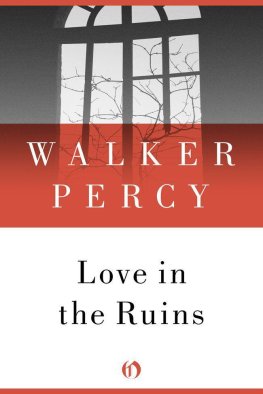

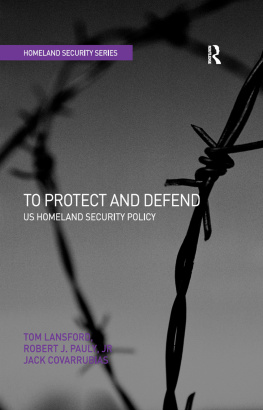

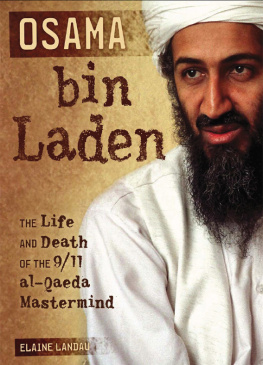
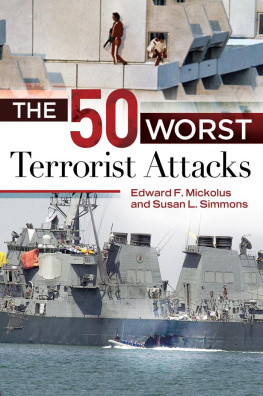
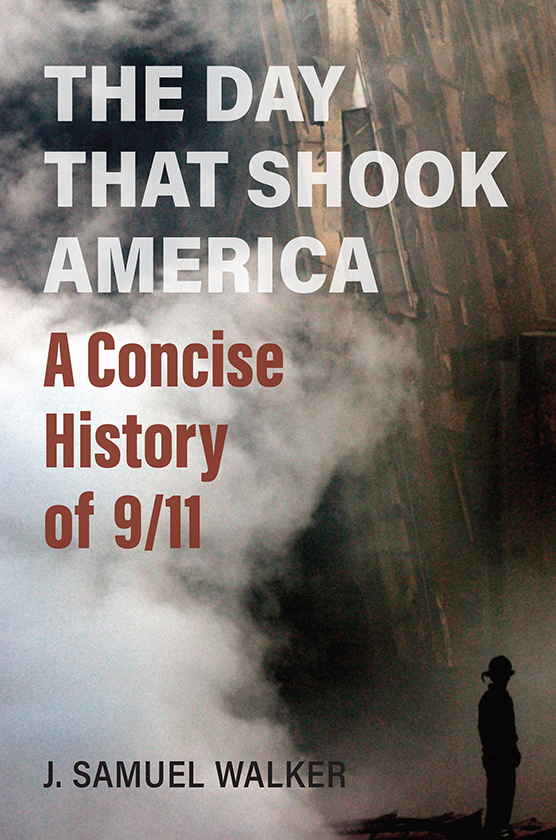
 University Press of Kansas
University Press of Kansas